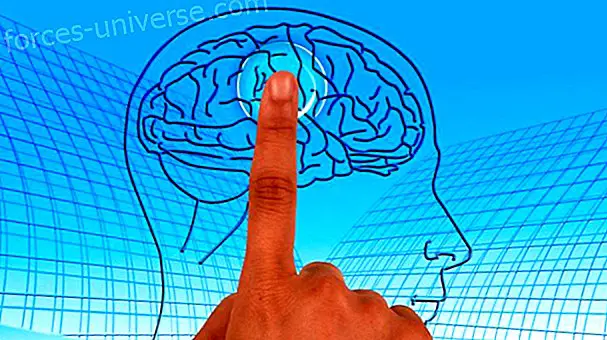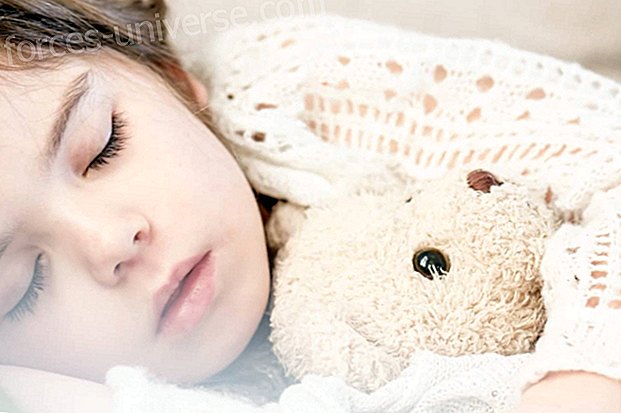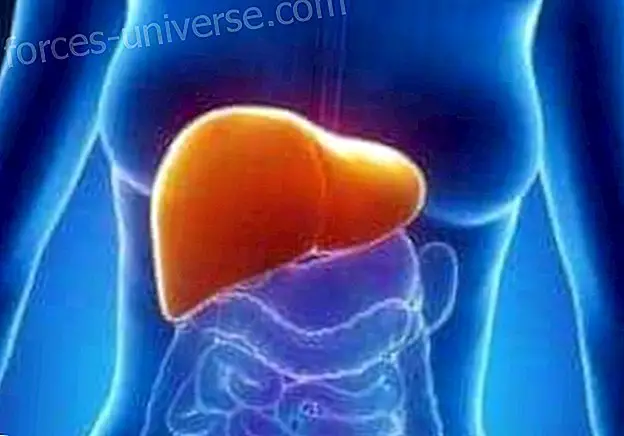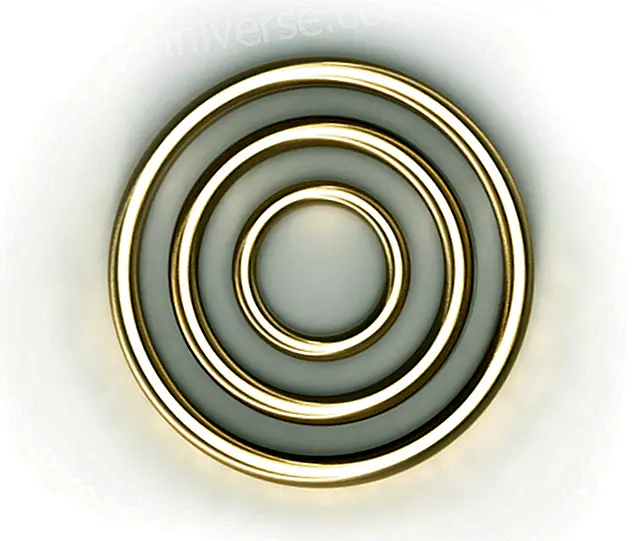This article will consist of a very important topic such as the attachment figure, which can be the relationship mom-baby, dad-baby, grandmother-Baby, etc.
Much has been studied on this subject, and much is the information that circulates. The important thing is to be clear about some concepts. The ideas and theories that underlie this article are those developed and researched by the doctor in psychology Guy Tonella .
One of the greatest exponents of this subject is Bowlby, from whom Guy Tonella will take a lot for his writings and developments.
In this way, Guy Tonella will define the attachment system as “what maintains the mother-baby proximity and offers the baby a feeling of security ”. Security is thus a fundamental element in the attachment system.

What is attachment behavior?
It is all that behavior destined to maintain proximity with certain preferential figures. Different behaviors share similar functions to attachment.
The attachment behaviors by the baby that favor proximity are:
Smile and vocalization: they are signaling behaviors that manifest the child's interest in an interaction with his mother.
Crying of aversive nature: leads the mother to approach her child and perform acts that end the crying
Grasp then crawl: they are active behaviors of the child that allow him to approach or follow his attachment figure.
Who can be the attachment figure?
Any person to whom the baby directs his attachment behavior. At first, and usually, it is the mother who acts as an attachment figure.

What characteristics does an attachment figure have to have?
It has to be an individual who:
Build and sustain a lasting emotional and social interaction in a committed way
Encourage baby-mom / dad / aunt / grandmother interaction
Respond to baby signals
Respond to baby approaches
The child, within a stable group of adults, will present a tendency to adhere to one of them preferentially. These figures of attachments, which can be several, will be hierarchized in relation to the characteristics presented by the attachment figures with, for example, the type of approach, the responses to the signals and demands it makes, etc.
Guy Tonella mentions four characteristics that differentiate attachment relationships from social relationships, taking Ainsworth's research for it:
- Notion of having a security base determined by the freest exploration of the child in the presence of the attachment figure
- Proximity search
- Notion of refuge behavior defined by the child's return to his attachment figure when he faces a perceived threat.
- Marked reactions of protest in the moments of separation of the attachment figure.
This attachment relationship is built progressively on the genetically programmed scheme.
This bond of attachment between the baby and his mother or anyone who is the attachment figure, is delimited by the reciprocal emotional connections between them.

The attachment system is divided into three periods:
- From 0 to 6 months : processes are carried out whose purpose is the discrimination of attachment figures and their ranking.
- From 6 months to 3 years : attachment schemes are activated. That is to say, there is a beginning of knowledge and therefore greater control and retrocontrol of the system, such as the activation or piloting of the attachment system. The goal is to be as close as possible to the attachment figure. The perception of cause and effect relationships begins.
- After 3 years : Moment in which he already possesses the abilities of mentalization and recognition that the other has his own mind (Theory of the mind), the child can begin to develop his own intentions, because he already registers and understands the intentions of others. There is an increase in the child's cognitive abilities, which favors his departure from the attachment figure.
Attachment and Security Base
It is necessary to develop what Mary Ainsworth, a Bowlby collaborator, has called a "security base." This concept refers to how the baby is attentive not to go beyond a certain distance from the attachment figure and regularly observes if that figure is still there to continue its exploration.
This constant verification of the baby on his attachment figure grants him and confirms that he has an attachment figure in case of difficulty. This essential figure acts as a reassuring base from which it can function autonomously both in the physiological plane as well as in the psychological plane.
In this way, the baby is being released from the anguish and anger that would cause him if his emotional and physiological needs were not satisfied. This is how this figure helps the baby develop a feeling of well-being, which allows him to function independently. Then both the feeling of proximity and the confidence in the availability of the attachment figure, give you the possibility of feeling safe, and in this way it is not necessary to activate the attachment system.
This is how, instead of activating the attachment system, the activation of the environment exploration system is allowed , being very healthy and favorable for the development of all its capabilities.
This optimal balance in the baby, made possible by the behaviors of the attachment figure, which are regulators of the child's internal balance, would determine the essential components for the formation of the feeling of security .
Breaks with the attachment figure
The attachment system is motivated by two objectives, one internal and one external . The internal or emotional aims to maintain an emotional state of security which produces feelings of well - being and comfort . The external or perceptive purpose is to maintain a perceptual process, that is, to maintain sufficient proximity to the attachment figure.
When these two states, of proximity and security, are not reached, negative emotions will manifest, such as:
Anguish, anger and sadness . When one of these emotions is put on the scene, it suspends all motor, physiological activities, etc. because the proximity of the attachment figure is threatened, for example. In this way, the attachment system is activated to be able to establish again the proximity or proximity with its attachment figure.
How does this activation of the attachment system manifest?
It develops as expressions of anguish whether sounds, mimetics, gestures, etc. These are intended to alert the attachment figure that the anguish is being felt by the baby.

What is the purpose of activating the attachment system?
The purpose of activating the attachment system is to return to the state of safety known and appreciated by the baby through comforting and welfare responses by the attachment figure.
The phases of children's reactions to being separated from their main attachment figure.
From several investigations conducted by Robertson and Bowlby (1952) with children between a year and a half and four, they concluded that there are three phases in the reactions of these children to the separation of their main attachment figure, and these are:
1 - Protest phase
Phase in which he tries consistently to find his attachment figure so that his anguish of abandonment ends. This can last for hours or even more than a week.
2 - Despair phase
Due to the lack of results that he fails to achieve through his different attempts, the child begins to experience deep sadness. It is observed that the child folds back on himself and loses interest in things or other people. Due to the feeling of frustration at not being able to find his attachment figure, he develops a greater anger compared to other children. Notwithstanding that, it seems that he was determined to make a duel for the lost object.
3 - Detachment phase
The child begins to develop an indifferent attitude to this situation, so he no longer expresses interest in his attachment figure. He rearranges his behavior and is interested in the people and toys that surround him.
These three phases described derive from behavioral strategies whose purpose is adaptation : that is, promoting attachment by adapting to environmental conditions, says Bowlby.
The protest phase is the manifestation of the child's anguish, and aims to regain contact with his mother or whoever he is. If the attachment figure reappears, the child's anguish does not disappear, but persists, since he fears that she will disappear again. Thus, to prevent him from leaving, he exaggerates his signs of attachment.
In the case of a prolonged separation in time, the child resigns. In this way, to overcome his anguish of abandonment, he focuses his attention on his immediate surroundings, inhibiting his behavioral attachment system, to reduce his negative affections. These strategies allow the child to manage his affections.
In conclusion, it is necessary that the activation of the attachment system be carried out, and deactivated . That is, we must not prevent the child from feeling and experiencing these feelings of anguish and separation, because they are their own and necessary to develop a healthy and strong psyche.
So, if you are a main attachment figure, and you do not know what is best for your baby, have the kinship you have, from my humble experience I recommend that you allow this activation-deactivation giving you in addition to your presence, moments of your absence, so you can experience and develop everything necessary for its correct growth.
Many times, the problem is that the attachment figure cannot, on its own, detach itself from its baby, but this, and attention, is harmful to the baby. It is necessary moments in which your baby, be with other people, and learn to deal with all sensations and processes that are put into action.
REDACTORA: Gisela S., editor of the great family of the White Brotherhood.
SOURCE: Tonella, G. (2000). Bioenergetic Analysis Gaia






